NASA's 'Ingenuity' fifth flight at the Red Planet
The fifth flight of Ingenuity, NASA's small robotic helicopter as part of its space mission, 'Mars 2020', has taken place. The helicopter landed on the Red Planet on February 18, 2021 along with the robotic rover vehicle, Perseverance.
It was his first one-way trip, during which he was transferred from "Wright Brothers Field", named to honor the pioneering brothers of aviation, to a new airport 129 meters to the south. After arriving above the airport, Ingenuity rose to 10 meters, twice its previous record in the Martian sky, and took high-resolution color images of its new neighborhood before landing again.
This flight helps move the helicopter into the new test phase, which is looking at using helicopters like Ingenuity as probes for rover-type vehicles on Mars. These tests also include aerial observations in areas inaccessible to the rover, but also a collection of photographs that could help the rover choose the most efficient route and examine the most interesting samples.
NASA's Mars Perseverance rover photographed the small helicopter using its onboard Right Navigation Camera (Navcam). The camera sits high on the rover's mast and assists in driving. Keeping the two robots in relatively close proximity is a logistical necessity. Ingenuity, whose body is about the size of a tissue box, cannot talk directly to its operators on Earth. So communications to and from the helicopter must go through Perseverance.
In addition to acting as a relay station, the rover documents Ingenuity's historic flights, capturing video and, on flight number four, audio of the craft in action. But Perseverance will soon begin focusing on its own science mission, which includes hunting for signs of ancient Martian life and collecting and storing dozens of samples for future return to Earth.
On Friday, May 7, at 10:26 pm Greek time, the flight began, which lasted 108 seconds. Information was collected for the selection of the new landing site, which was obtained through "aerial spotting". Thus, the Ingenuity team was able to create digital elevation maps that show flat terrain with almost no obstructions. This campaign was supposed to end after 30 days and a maximum of five flights. But Ingenuity performed so well and remains so healthy that NASA recently extended its mission.
“NASA is seeking to learn more with Ingenuity about how next-generation helicopter operations could benefit future exploration of the Red Planet. This new phase will create additional risk for Ingenuity because there will be more one-way flights and more "precision maneuvers". The plan is to spin off Ingenuity in a way that doesn't slow down the scientific enterprise. We may do a few more flights over the next few weeks and then we'll assess how we proceed. We have already collected all the flight performance data we originally planned. Now, this new test mission allows us to further expand our knowledge of flying machines that fly to other planets," said Bob Balaram, chief engineer of the Ingenuity Mars Helicopter at NASA's JPL.
Sources:
Protothema.gr
Space.com
NASA

